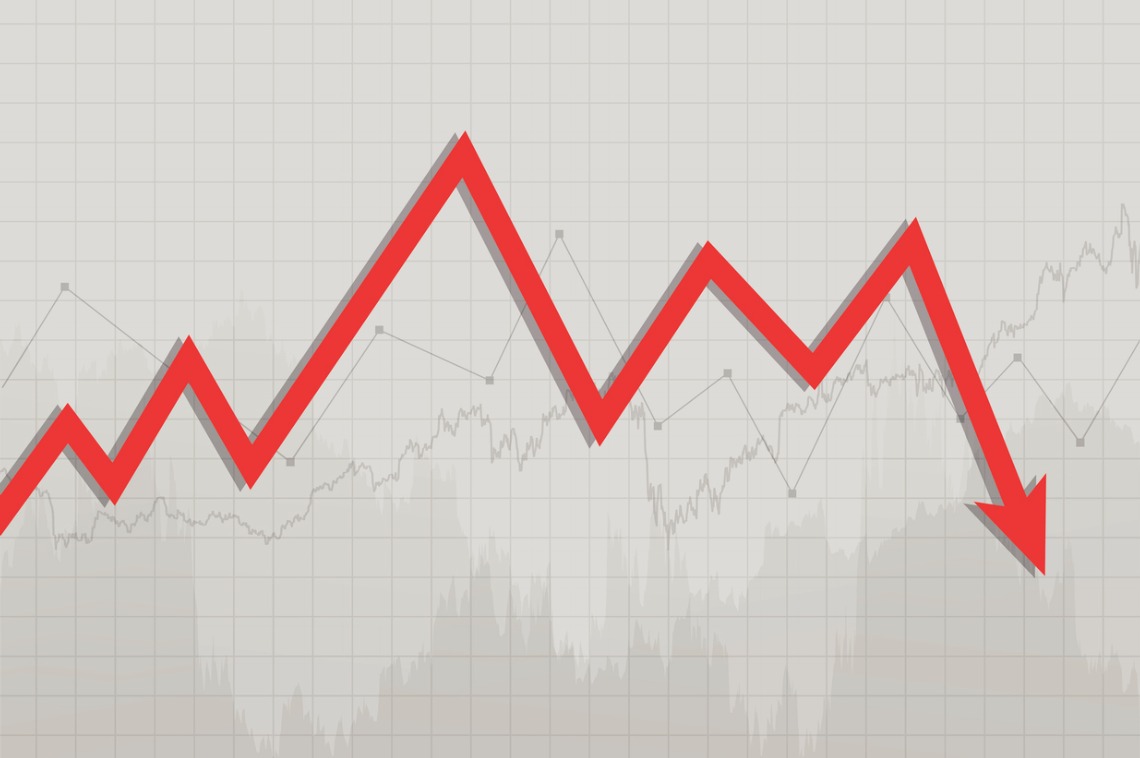While home prices have been steadily increasing for more than a year, the November S&P CoreLogic Case-Shiller national home-price index (HPI) showed that price gains are not stopping—but they are slowing.
The latest HPI data released Tuesday tracks prices for the month of September 2024 (the index runs two months behind).
During September, home prices saw an annual gain of 3.9%, according to the Case-Shiller Index. This continues a downward trend; annual gain in July was 5% followed by only 4.2% in August. It is also the lowest gain in 14 months (since August 2023).
The national index’s results are in line with the more localized indices as well. The 10-city composite index increased by 5.2% in September, down from 6% in August. The 20-city composite increased by 4.6%, down from 5.2% in August.
“Home price appreciation weakens further into fall as soft homebuyer demand and a rebound in mortgage rates continue to challenge housing markets and affordability,” said CoreLogic Chief Economist Selma Hepp. “In September, we’ll see a small rebound in seasonal prices as a short but noticeable drop in mortgage rates in August helped bring some buyers back, but the weaker trend is likely to dominate the remainder of the year as the focus shifts to the 2025 spring home-buying season.”
Dr. Lisa Sturtevant, chief economist for Bright MLS, commented, “Traditionally, the HPI has shown an increase in home-price growth between August and September,” adding that the current index “could be indicative of a slowdown in home-price appreciation in the months ahead.”
Sturtevant continued, noting that lower price appreciation could be a result of increased housing inventory:
“A key reason for the upward pressure on home prices is a lack of supply. However, the inventory picture is starting to change, which will likely mean slower home price appreciation during the fourth quarter of 2024 and into 2025. According to the National Association of REALTORS®, the inventory of existing homes has increased for 11 months in a row.”
Experts have noted that low inventory has been the biggest hurdle to a more equitable housing market. A recent article from Homes.com commented that a majority of families who own homes with mortgages spend nearly one-third of their income making payments against it.
“Between July and September of this year, families making the median annual income of $97,800 needed 38% of those earnings to cover their mortgage payment on a median-priced home, regardless of whether it was newly built or pre-owned. For low-income families, defined as those making less than half of the median income or less than $48,900, about 75% of their earnings went toward mortgage payments,” the Homes.com article stated, quoting figures from a recently released National Association of Home Builders (NAHB)/Wells Fargo Cost of Housing Index.
The report cites data from NAHB that the U.S. is facing a shortfall of about 1.5 million housing units and costs have become “prohibitively high.”
“Officials at all levels of government must work to eliminate barriers so that builders can build more attainable, affordable housing,” said NAHB Chief Economist Robert Dietz as quoted in the Homes.com report.
NAHB Chairman Carl Harris believes that “significant regulatory relief” will be coming from the new administration/congress, and this will bolster construction.
Additional data: The regional breakdown
Across the 20 largest U.S. cities (as surveyed by the index), the highest price gains took place in:
- New York (+7.5%)
- Cleveland (+7.1%)
- Chicago (+6.9%)
The smallest price gains were in:
- Denver (+0.2%)
- Tampa, Florida (+1%)
- Portland, Oregon (+1%)
Click here for the full report.

